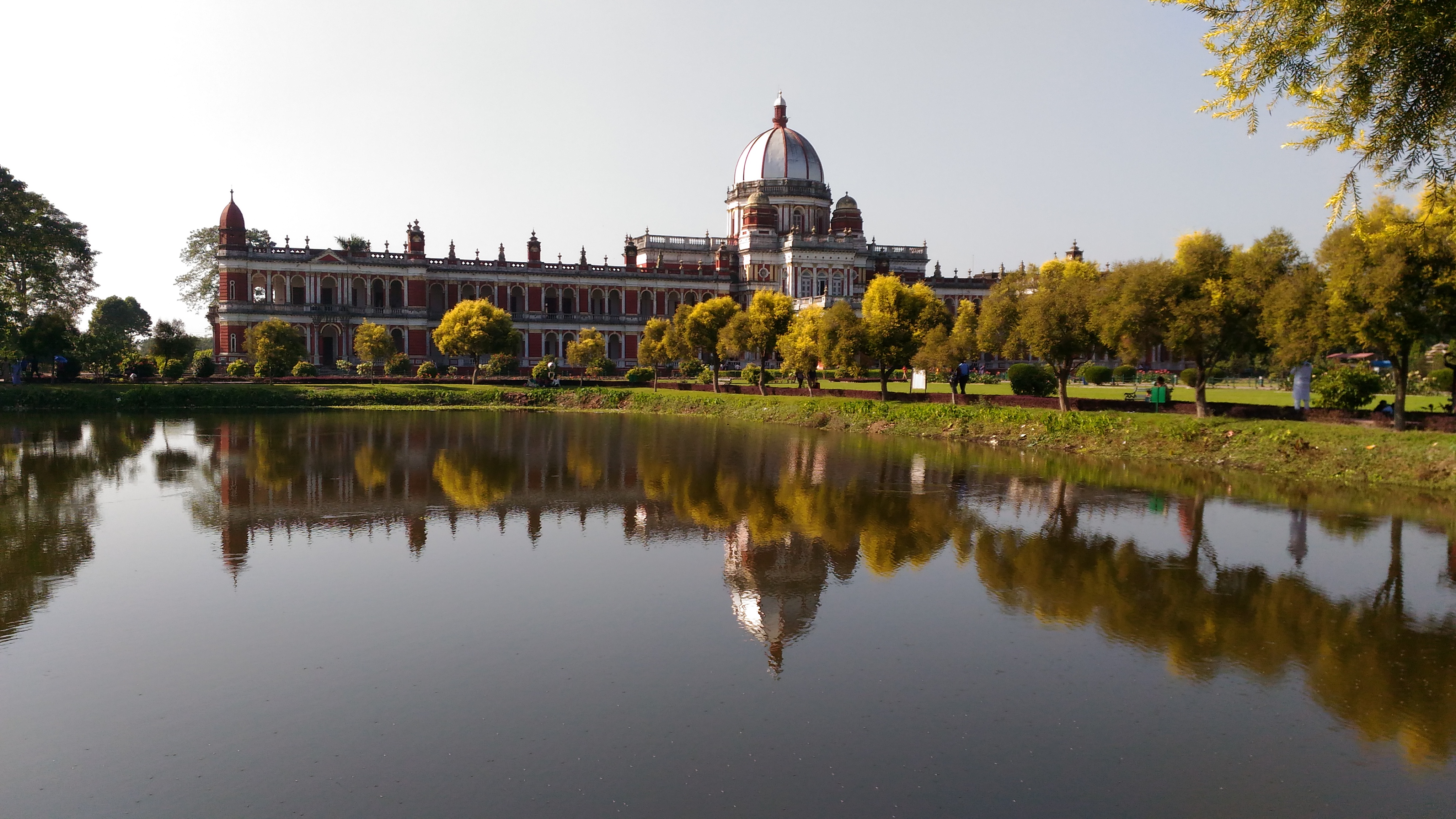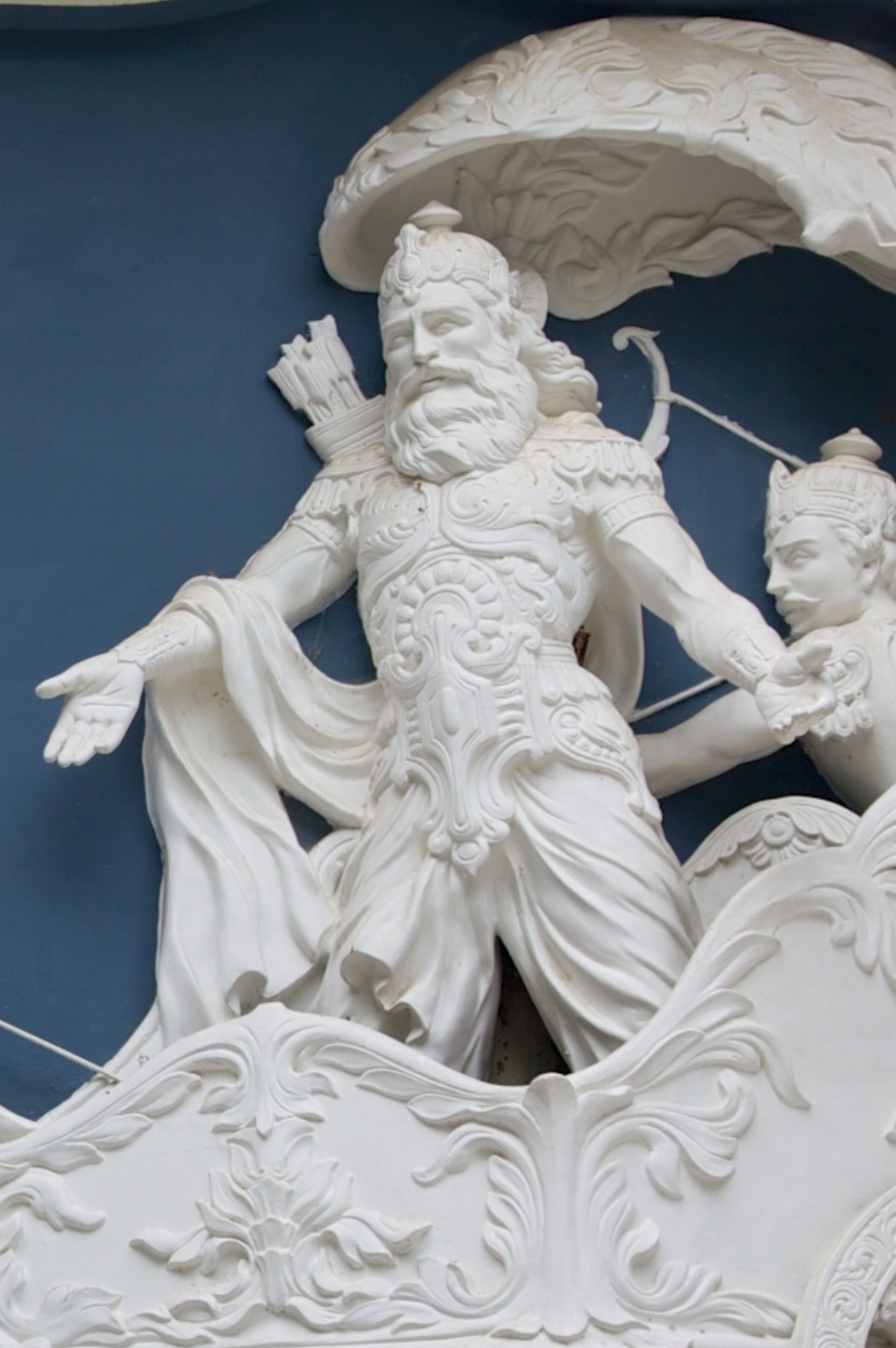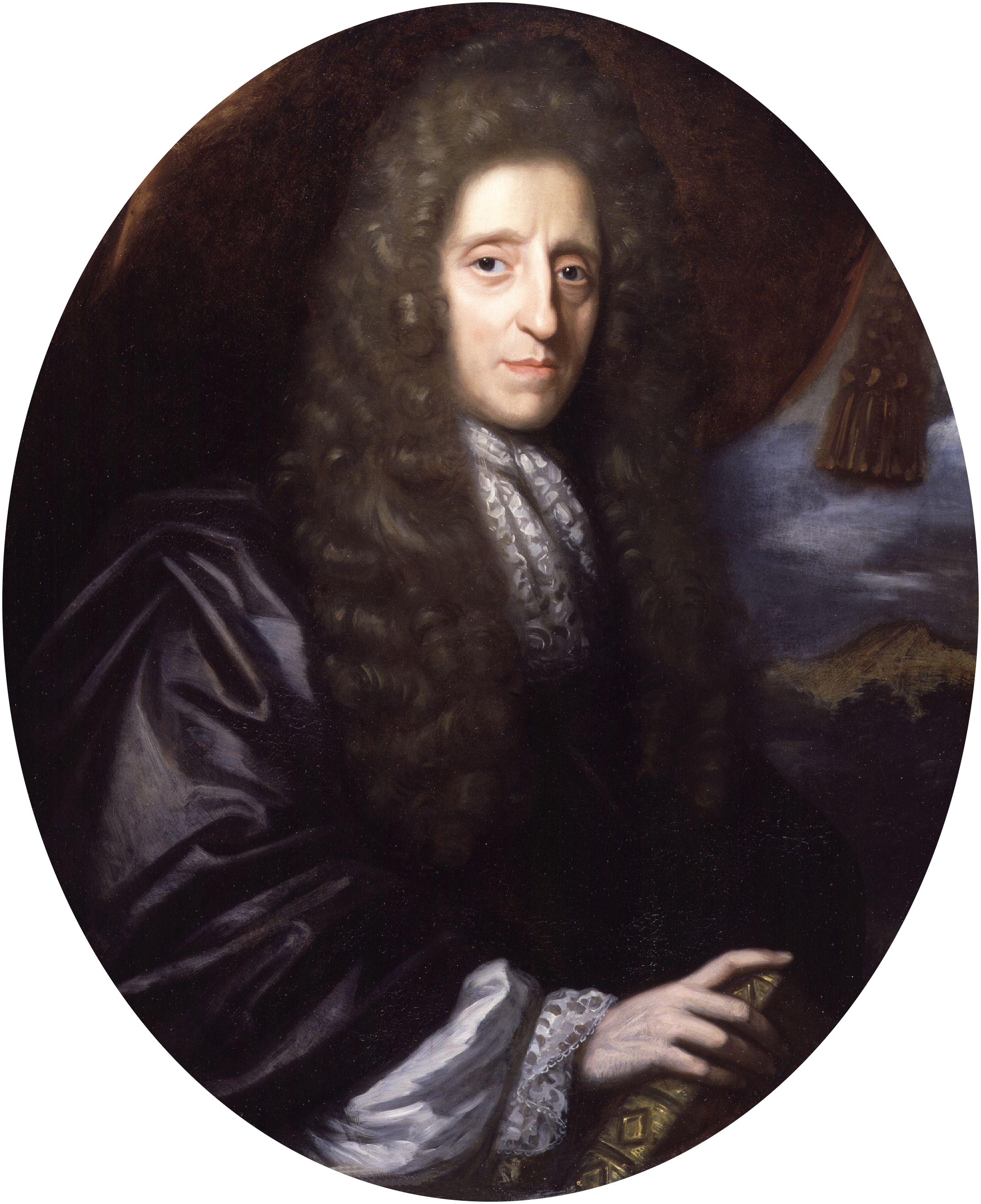|
Biswa Singha
Biswa Singha (1515–1540) was the progenitor king of the Koch dynasty of the Kamata kingdom. He was able to unify different Bodo-Kachari people, Bodo tribes, replace the Baro-Bhuyans of Kamata kingdom, and establish a dynasty the remnant of which still exists today. Historical context of Biswa Singha After break-up of the Kamarupa kingdom in the 12th century, its territories were divided among small kingdoms, local chiefs and landlords. To the very east emerged the Chutiya kingdom, Chutia, Ahom kingdom, Ahom and the Kachari kingdom, Kachari kingdoms. In the east, there arose the Kamata kingdom. In the regions between the Kamata in the west and the Chutia and Dimasa kingdoms in the east was the region of the confederate Baro-Bhuyans landlords who formed the buffer. In 1498, Alauddin Hussain Shah the Bengal Sultanate, Sultan of Bengal attacked Nilambar of Kamata, Nilambar, the then king of Kamata, and occupied it. He left the region in the hands of his son Danyal Husayn, w ... [...More Info...] [...Related Items...] OR: [Wikipedia] [Google] [Baidu] |
Koch Dynasty
The Koch dynasty (; 1515–1949) ruled parts of eastern Indian subcontinent in present-day Assam and Bengal. Biswa Singha established power in the erstwhile Kamata Kingdom which had emerged from the decaying Kamarupa Kingdom. The dynasty came to power by overthrowing the Baro-Bhuyans of the region, who had previously ended the brief rule established by the invader Alauddin Hussain Shah. The dynasty split into three among the descendants of Biswa Singha's three sons: two antagonistic branches Koch Bihar and Koch Hajo and a third branch at Khaspur. Koch Bihar aligned with the Mughals and the Koch Hajo branch broke up into various sub-branches under the Ahom kingdom. Koch Bihar became a princely state during British rule and was absorbed after Indian independence. The third branch at Khaspur (Khaspur kingdom) was absorbed completely into the Kachari kingdom. Raikat is a collateral branch of the Koch dynasty that claim descent from the Sisya Singha, the brother of Bisw ... [...More Info...] [...Related Items...] OR: [Wikipedia] [Google] [Baidu] |
Alauddin Husain Shah
Ala-ud-din Husain Shah (; ; ) was an independent late medieval Sultan of the Bengal Sultanate, who founded the Hussain Shahi dynasty. He became the ruler of Bengal after assassinating the People of Ethiopia, Abyssinian Sultan, Shamsuddin Muzaffar Shah, Shams-ud-Din Muzaffar Shah, whom he had served under as Vizier, wazir. After his death in 1519, his son Nasiruddin Nasrat Shah, Nusrat Shah succeeded him. The reigns of Husain Shah and Nusrat Shah are generally regarded as the "golden age" of the Bengal Sultanate. Origin and early life The origin of the dynasty is not very clear and there are multiple accounts of where it may have originated. However it is widely recognised that the dynasty's founder, Alauddin Husain Shah, was either of, Sayyid, Sayyid Arab, or Afghans, Afghan origin. There are local traditions in Rangpur which claim that he was indeed a native of that area. It is said that it was Jalaluddin Muhammad Shah who had ousted his grandfather Sultan Ibrahim, and as a re ... [...More Info...] [...Related Items...] OR: [Wikipedia] [Google] [Baidu] |
Senapati
Senapati ( , ''sena'' meaning "army", ''Pati (title), pati'' meaning "lord") is a title in ancient India denoting the rank of general (military), General. It was a hereditary title of nobility used in the Maratha Empire. During wartime, a ''Sardar Senapati'' or ''Sarsenapati'' (also colloquially termed ''Sarnaubat'') functioned as the Commander-in-Chief of all Maratha Army, Maratha armies, coordinating the commands of the various ''Sardars'' in battle. Ranking under the heir-apparent crown prince (yuvaraja) and other hereditary princes (rajkumar), the title ''Senapati'' most closely resembles a United Kingdom, British Duke or Germans, German ''Herzog'' in rank and function. On occasion, the title Mahasenapati (Sanskrit: महा ''maha-'' meaning "great") was granted; this equates to Field marshal, Field Marshal, and closely resembles a Grand Duke or a German ''Großherzog''. Unlike ''Sardar'', ''Senapati'' is a primogeniture hereditary title that is passed on to the eldest so ... [...More Info...] [...Related Items...] OR: [Wikipedia] [Google] [Baidu] |
Yuvaraja
Yuvaraja (), also rendered Yuvraj, is an Indian title for the crown prince, and the heir apparent to the throne of an Indian (notably Hindu) kingdom, empire or (notably in the Mughal Empire or Indian Empire) princely state. It is usually applied to the eldest son of a Raja (King), Maharaja Maharaja (also spelled Maharajah or Maharaj; ; feminine: Maharani) is a royal title in Indian subcontinent, Indian subcontinent of Sanskrit origin. In modern India and Medieval India, medieval northern India, the title was equivalent to a pri ... (Great King) or Chakravarti (Emperor), traditionally a Kshatriya chief ruling one of the former kingdoms or vassal-rank princely states. The female equivalent or consort of a Yuvaraja is Yuvarani. References Crown princes Sanskrit words and phrases {{India-hist-stub ... [...More Info...] [...Related Items...] OR: [Wikipedia] [Google] [Baidu] |
Jalpaiguri District
Jalpaiguri district () is a district of the Indian state of West Bengal. The district was established in 1869 during British Raj. The headquarters of the district are in the city of Jalpaiguri, which is also the divisional headquarters of Jalpaiguri division. History Jalpaiguri district comprises western Dooars and the major part of the eastern Morang and this area, according to Sailen Debnath, in the ancient time was a part of the kingdom of Kamarupa, and since the medieval period it became a part of Kamata kingdom.Sailen Debnath, The Dooars in Historical Transition, , N.L. Publishers Sailen writes that three of the five ancient capitals of Kamatapur were geographically in the district of Jalpaiguri; and the three capitals were at Chilapata, Mainaguri and Panchagarh in sequence. According to him, Hingulavas, the first capital of the next Koch kingdom as well was in Jalpaiguri district. Hingulavas has well been identified with Mahakalguri in Alipurduar Sub-Division. Und ... [...More Info...] [...Related Items...] OR: [Wikipedia] [Google] [Baidu] |
Raikut
The Raikut family was a princely family that controlled large estates in Jalpaiguri what is now West Bengal, India, first as subjects to the state of Cooch Behar State, Koch Bihar, later as Zamindars to the Mughal Empire, Mughal rulers of Bengal, and then to British Raj. Their story parallels that of the Bardhaman Raj, from the same region. Origins: Koch Bihar The Raikut family is a collateral branch of Koch dynasty which took control of the Kamata Kingdom in 1515. The family founder was Sisya Singha (earlier known as Sisu), brother of Biswa Singha who established the Koch dynasty. Sisya Singha held the umbrella during Biswa Singha's coronation and was made the ''Raikut'' (lit: ''chieftain of the fortress'') and commander-in-chief of the Koch army. He was given the region called Vaikunthapur (present-day Jalpaiguri district) as appanage. He established his seat at Siliaguri or Silikhaguri (modern-day Siliguri). The seat of the Raikut family was shifted to the present site in ... [...More Info...] [...Related Items...] OR: [Wikipedia] [Google] [Baidu] |
Kshatriya
Kshatriya () (from Sanskrit ''kṣatra'', "rule, authority"; also called Rajanya) is one of the four varnas (social orders) of Hindu society and is associated with the warrior aristocracy. The Sanskrit term ''kṣatriyaḥ'' is used in the context of later Vedic society wherein members were organised into four classes: ''brahmin'', kshatriya, '' vaishya,'' and '' shudra''. History Early Rigvedic tribal monarchy The administrative machinery in Vedic India was headed by a tribal king called a Rajan whose position may or may not have been hereditary. The king may have been elected in a tribal assembly (called a Samiti), which included women. The Rajan protected the tribe and cattle; was assisted by a priest; and did not maintain a standing army, though in the later period the rulership appears to have risen as a social class. The concept of the fourfold varna system is not yet recorded. Later Vedic period The hymn '' Purusha Sukta'' in the ''Rigveda'' describes the symbolic crea ... [...More Info...] [...Related Items...] OR: [Wikipedia] [Google] [Baidu] |
Legitimacy (political)
In political science, legitimacy is a concept which turns brute force into power. The Rights, right and acceptance of an authority, usually a governing law or a regime, at least formally, are impossible to be built on one's brute force, or to coerce people and force them to identify with a given group. Whereas ''authority'' denotes a specific position in an established government, the term ''legitimacy'' denotes a system of government—wherein ''government'' denotes "sphere of influence". An authority viewed as legitimate often has the right and justification to exercise Power (social and political), power. Political legitimacy is considered a basic condition for governing body, governing, without which a government will suffer legislative deadlock(s) and collapse. In political systems where this is not the case, unpopular regimes survive because they are considered legitimate by a small, influential elite.Dahl, Robert A. ''Polyarchy: Participation and Opposition'' (pp. 124–188) ... [...More Info...] [...Related Items...] OR: [Wikipedia] [Google] [Baidu] |
Lord Shiva
Shiva (; , ), also known as Mahadeva (; , , ɐɦaːd̪eːʋɐh and Hara, is one of the principal deities of Hinduism. He is the Supreme Being in Shaivism, one of the major traditions within Hinduism. Shiva is known as ''The Destroyer'' within the Trimurti, the Hindu trinity which also includes Brahma and Vishnu. In the Shaivite tradition, Shiva is the Supreme Lord who creates, protects and transforms the universe. In the goddess-oriented Shakta tradition, the Supreme Goddess (Devi) is regarded as the energy and creative power (Shakti) and the equal complementary partner of Shiva. Shiva is one of the five equivalent deities in Panchayatana puja of the Smarta tradition of Hinduism. Shiva has many aspects, benevolent as well as fearsome. In benevolent aspects, he is depicted as an omniscient yogi who lives an ascetic life on Kailasa as well as a householder with his wife Parvati and his two children, Ganesha and Kartikeya. In his fierce aspects, he is often depicted s ... [...More Info...] [...Related Items...] OR: [Wikipedia] [Google] [Baidu] |
Bihu
Bihu is an important cultural festival unique to the Indian state of Assam and is of three types – 'Rongali' or ' Bohag Bihu' observed in April, 'Kongali' or ' Kati Bihu' observed in October or November, and 'Bhogali' or ' Magh Bihu' observed in January. The festivals present an admixture of Tibeto-Birman, Austroasiatic and Indo-Aryan traditions entwined so intricately that it is impossible to separate them—festivals which are uniquely Assamese are ones to which all communities of Assam had contributed elements. The Rongali Bihu is the most important of the three, celebrating spring festival. The Bhogali Bihu or the Magh Bihu is a harvest festival, with community feasts. The Kongali Bihu or the Kati Bihu is the sombre, thrifty one reflecting a season of short supplies and is an animistic festival. The Rongali Bihu is the most important of them all, coincides with the Assamese New Year and as well as with other regions of Indian subcontinent, East Asia and South-East Asia, ... [...More Info...] [...Related Items...] OR: [Wikipedia] [Google] [Baidu] |
Guwahati
Guwahati () the largest city of the Indian state of Assam, and also the largest metropolis in northeastern India. Dispur, the capital of Assam, is in the circuit city region located within Guwahati and is the seat of the Government of Assam. The Lokpriya Gopinath Bordoloi International Airport is the 12th List of the busiest airports in India, busiest in India, and the busiest in the North-East of the country. A major riverine port city along with hills, and one of the fastest growing cities in India, Guwahati is situated on the south bank of the Brahmaputra. The city is known as the "gateway to North East India". The ancient cities of Pragjyotishpura and Durjaya (North Guwahati) were the capitals of the ancient state of Kamarupa. Many ancient Hindu temples like the Kamakhya Temple, Ugratara Devalaya, Ugratara Temple, Basistha Temple, Doul Govinda Temple, Umananda Temple, Navagraha temples#Navagraha temple in Assam, Navagraha Temple, Sukreswar Temple, Rudreswar Temple, Manikarne ... [...More Info...] [...Related Items...] OR: [Wikipedia] [Google] [Baidu] |
Pandu, Guwahati
Pandu is a locality in Guwahati. Its nearest airport is Guwahati Airport and nearest railway station is the Kamakhya station. It was named after the Pandunath Temple which is located in the Tilla hills part of the locality. It is situated north of Maligaon locality and have Brahmaputra River to north. Due to its location on the shores of the Brahmaputra River, the Pandu Port is a major hub of river transport facilities, managed by Inland Waterways Authority of India. See also * Dharapur * Beltola * Bhetapara * Chandmari * Ganeshguri Ganeshguri is a locality in Guwahati, Assam, India, and is named after lord Ganesha, Ganesh. There was a Heramba kingdom. Another inscription mentions that a ruler named Dununtrarāi, Lord of Hedamba, donated a tank in Pragjyotishpura in the ye ... References {{coord, 26, 10, N, 91, 40, E, display=title, region:IN_type:city_source:GNS-enwiki Neighbourhoods in Guwahati ... [...More Info...] [...Related Items...] OR: [Wikipedia] [Google] [Baidu] |







